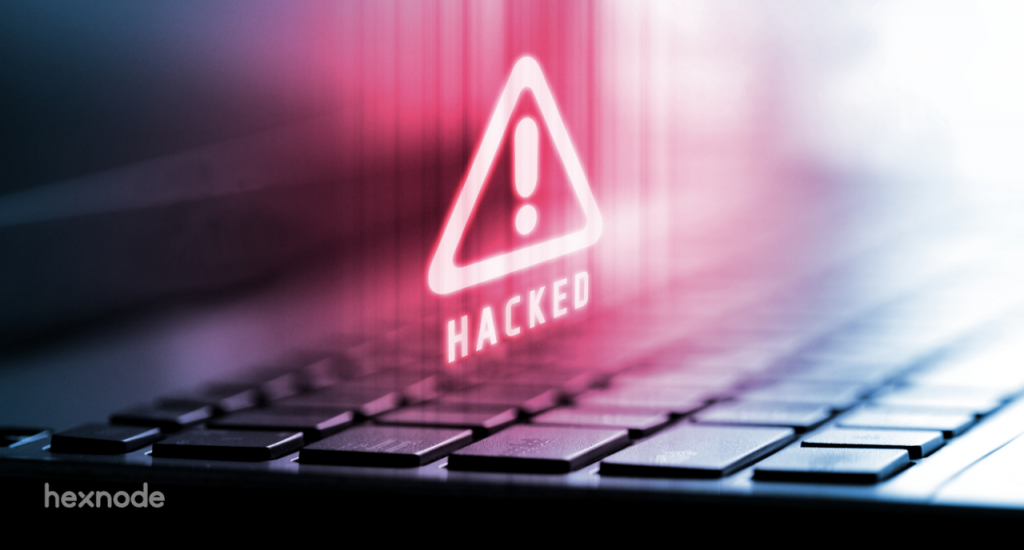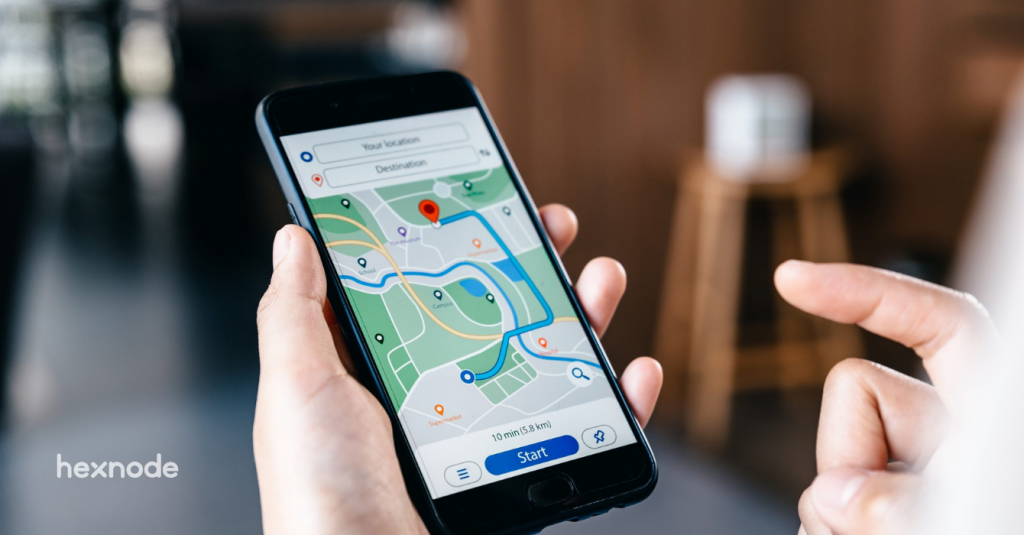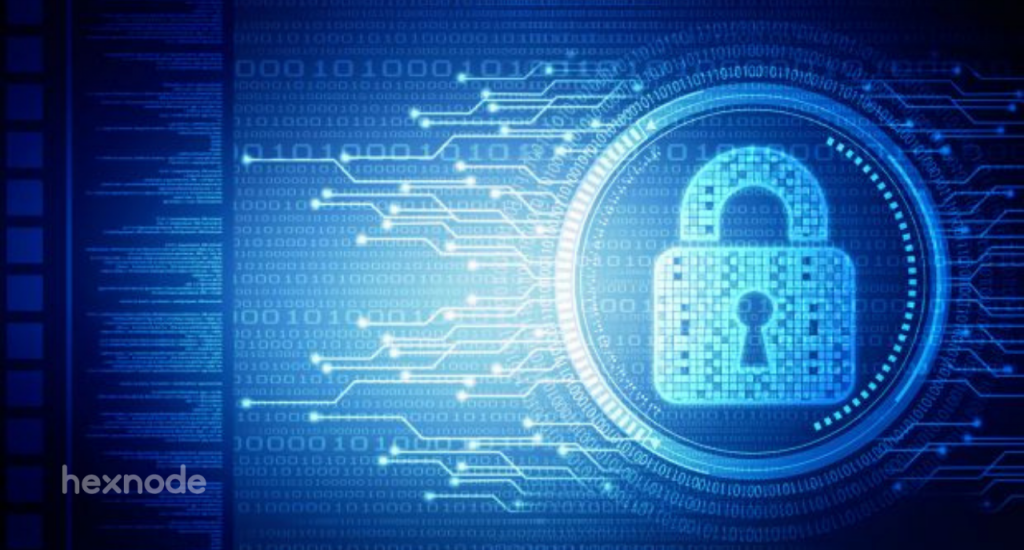The world all over has been facing the dreadful impacts of COVID-19 for a year now. The older version of normalizing has been replaced by the new normal- social distancing, frequent hand washing/sanitizing, and remote work. These have hijacked the regular functioning of mankind to a fairly great extent. On the other hand, new economic plans are being introduced by the government to stabilize the current situation. As per the surveys conducted by IDC circling the revenue impacts in 2020, 71% of respondents gave a mixed review- 24% of them estimated their revenues would be below 20% range while 4% expected to have a rise in revenue over 20%. Amidst all this, information security concerns fade out.
- Impacts and Consequences awaiting post-COVID times
- So, what can be done?
- Security measures to cope up with cyberattacks
- Zero Trust
- Secure Access Service Edge (SASE)
- Identity and Access Management (IAM)
- Software-as-a-Service Operations (SaaSOps)
- Few cost-effective cybersecurity practices
- Role of Hexnode from a security-based perspective
- Summing-up
Impacts and Consequences awaiting post-COVID times

People all over the world have adopted remote work to keep up with the fast-pacing impacts of COVID-19. With more and more people working remotely and students adopting virtual learning alternatives, personal and corporate data are at high risk. While the majority of the focus is on the health and economic threats brought up by COVID-19, there is another unseen threat that is rising in the digital space. The increased reliance on digital tools has exposed our privacy concerns giving way for cybercriminals to invade and exploit the rich data set. There are three prime reasons that signify the need for robust cybersecurity measures:
- The increased dependency on digital alternatives heightens the chances of failures– Every possible mode of conversation, be it for work or personal, goes over the internet thus making it a primary concern for all. Due to its widespread importance in today’s scenario, even small turbulence can lead to a massive disturbance in the infrastructure causing a huge loss to the overall system.
- Increased reliance on digital applications paves way for cyberattacks– When anything and everything goes through the usage of an application, things turn out to be a mess as cybercriminals find a way to peep into your private space and invade your content. Digital applications today are the residences of malware so exploring every application (in need or without) can be dangerous for your personal information.
- Spending more time online can be riskier– The more time spent online, the greater the chances of a deadly cyberattack. During pandemic times, expanding surfing habits due to sufficient leisure hours can open the doors for cybercriminals to invade over your data. The more vigilant you are, the less prone your data is to a cyberattack.
So, what can be done?
Just as the change in our social habits and routines are key to coping up with the impacts of COVID-19, so is a careful inspection of our online activities essential to ensuring high levels of cybersecurity. It is highly essential to review digital habits every now and then to maintain standard cyber hygiene. Double-check the updates forwarded to your machine and check their genuineness before heading towards processing it. Verify the legitimacy of the information as digital viruses spread violently; a potential mistake online could contaminate the whole system in an organization in a matter of seconds causing havoc.
Security measures to cope up with cyberattacks
Cyberattacks are on the rise at an alarming rate. Businesses, irrespective of their size, are equally vulnerable and those that are ill-prepared to face these uninvited guests should roll up their sleeves to fight off these online threats. Adopting proper security alternatives/measures can surely help businesses keep their data secure from cyber threats.
Zero Trust
The Zero Trust concept abides on the fact that no device, application, or user inside or outside an organization’s perimeter is 100 percent secure and that it requires a thorough verification before granting access to the system. It comes in contrast to the older model of companies believing that every data within their premises is completely secure. Today, when SaaS services are highly prevalent and in utmost demand, such a security model greatly bars the risks to cyberattacks partly or wholly.
Secure Access Service Edge (SASE)
SASE is an emerging cybersecurity concept coined by Gartner that combines a wide area network (WAN) and network security services (like Cloud Access Security Brokers (CASB) and Zero Trust) to deliver a single, cloud-based service model. This model emerged due to the rising demand for an alternative that could meet the increasing levels of security and access control. The SASE security model can help organizations reduce cost and complexity, increase performance, threat prevention, data protection, and restricted access based on user, device, and application identity.
Identity and Access Management (IAM)
It is about granting the right assets to the right user. It helps in creating a digital identity for the user which can be used to access enterprise resources during specific circumstances as assigned by the administrator. The IAM system provides tools and technologies to change the user’s role, track user activities, create reports and enforce policies. Identity and Access Management plays a critical role in molding the cybersecurity trends in today’s world.
Software-as-a-Service Operations (SaaSOps)
In today’s technology-oriented world where people make use of SaaS (software-as-a-service) solutions on a regular basis, security breaches are a common term we hear every now and then. The Cloud is a highly connected resource with traffic flowing in and out through the internet thus serving as an entry point for intruders. The major challenge here is to ensure utmost security for the SaaS solutions. How can this be achieved? The answer is SaaSOps. It’s about inducing a balance between the security and compliance needs in an organization, managing the SaaS apps through centralized and automated operations so that the data is managed efficiently without compromising employee experience. SaaSOps is an advanced concept that puts forward a solid ideology to ensure cent percent security leaving no room for unauthorized invasion.
Few cost-effective cybersecurity practices

Apart from these highly focused security models/approaches, maintaining basic security hygiene in our day-to-day courses can help in ensuring a safer environment for work and otherwise. Businesses irrespective of their sizes can take ample measures to protect their confidential information from the prying eyes. Adopting healthy security practices can be a cost-efficient option for businesses to dodge off the intruders.
- Installing a firewall– Placing a firewall helps keep track of your resources by blocking unwanted data and individuals from entering into the organization’s system via a foreign network.
- Maintain an access control list– This would help the admin to have an idea about which resources are being utilized by the employees and whether they are being remotely accessed or being used within the company network.
- Change default passwords without fail– Make sure the security password of every resource purchased from third-parties is updated without fail.
- Policies for internet and social media usage– Set up regulations on the use of the internet and social media within the organization’s network.
- Web filtering and internet security programs– These act in addition to firewalls by blocking harmful websites and malicious software from harming the system.
- Cybercrime insurance– Just in case your company gets hit by a cyberattack, suitable policies that cover direct loss, legal liability, and loss from security breaches can be availed.
Role of Hexnode from a security-based perspective
Hexnode with its power-packed feature range helps ensure utmost security to the external data and information. It abides by all security norms for the endpoints to be managed without worry. The solution is GDPR compliant hence the data is in safe hands. Hexnode addresses all clauses (privacy policy, cookies policy, terms of service, SaaS terms, and EULA) before you get started with it. From the functionality point of view, Hexnode provides a range of services that keeps the data secure and protected from external attacks. Kiosk solution, BitLocker for Windows, FileVault for Macs, web content filtering, data loss prevention (DLP) policies, overall data wipe, application and content security, and threat management are few highlights that Hexnode puts forward for its users.
Summing-up
COVID-19 has indeed brought a drastic change in the way organizations were functioning and has posed severe hurdles on the way to a secure infrastructure. The changes are ongoing with the hackers ever alert for a possible opportunity to encroach into the non-secure ecosystems. It is high time for cybersecurity leaders to get into the field to fortify their security measures and deploy new processes and technologies to build a solid digital architecture. It is only the intensity of effort the organizations invest in their cybersecurity strategies that would decide if it’s a win or a disaster.





